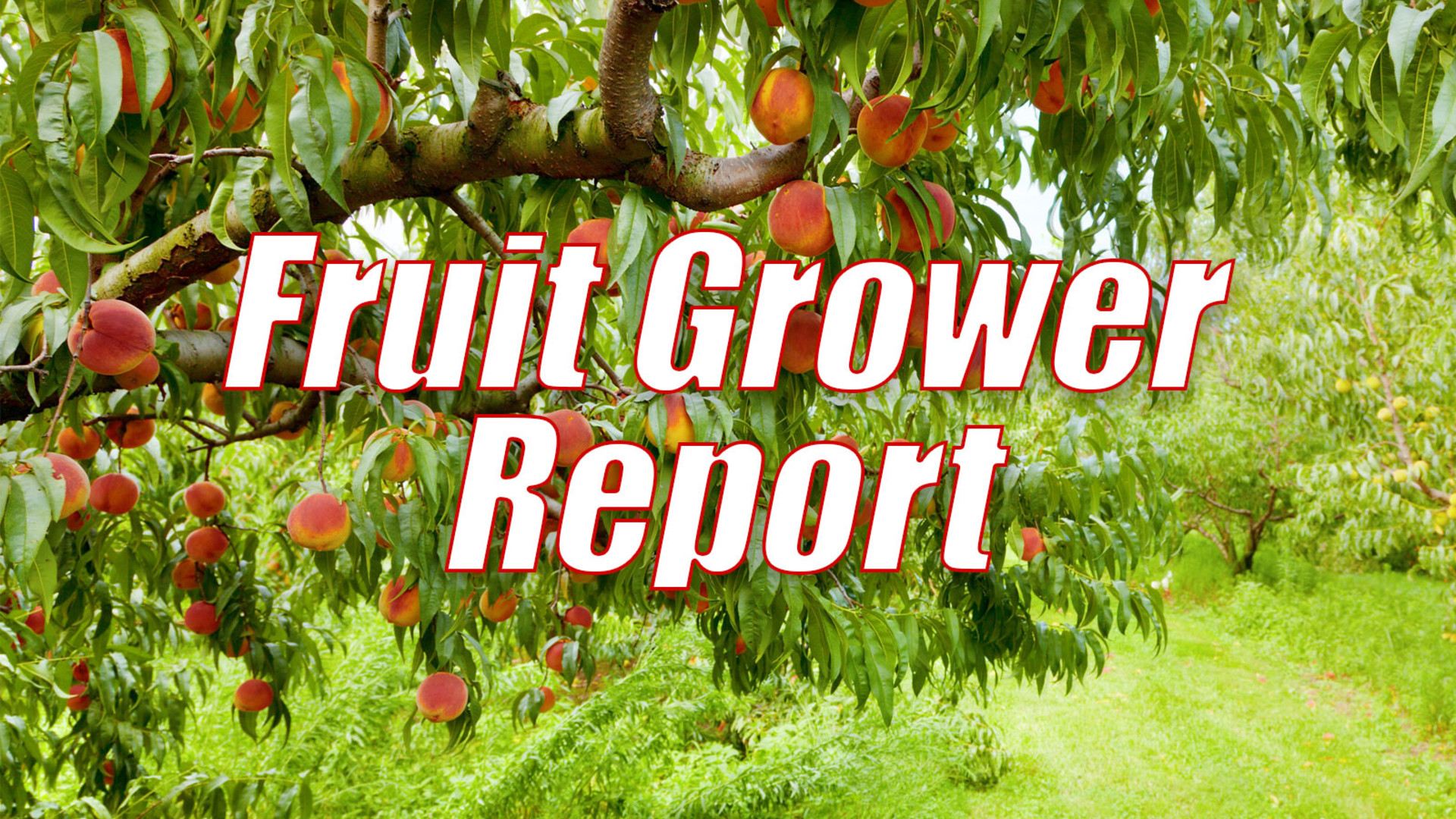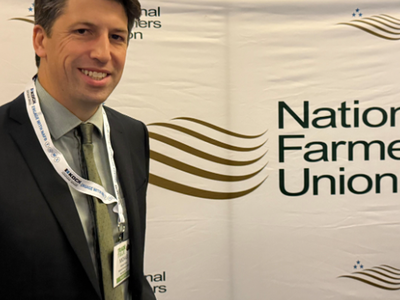Helping Native Bees
Helping Native Bees. I'm Greg Martin with today's Fruit Grower Report.Honey bees are struggling. No one is exactly sure why but there is a great deal of educated speculation. WSU Entomologist, David Crowder and a student have been looking at how other pollinators can help pick up the slack. He says that we can play a part as well.
CROWDER: Try and promote like habitats that will help conserve these bee populations so we're going to put out wildflower strips that can provide nectar and forage for bees. Conserving bare ground. A lot of bee species nest in the ground so having undisturbed ground can be important for conserving them. As well as we're building these structures that contain little tubes that bees can nest in.
Native pollinators can be many insects other than bees but Crowder says that's not their focus.
CROWDER: Our focus of this project is on bees. There are pollinators that are non-bees. Butterflies, some species of flies. We've been collecting them and we are considering looking at them in the future but the specific project right now is focused on bees but we are considering expanding into that area.
Even without honeybees, Crowder says there are a lot of pollinators that could do the job.
CROWDER: If you look worldwide there's over 20-thousand species of bees so when people think of bees they often think of honeybees but there are a lot of native bee species. There's evidence from other systems that if the native bees are present in high enough abundance that they can do all the pollination needed on a farm.
That's today's Fruit Grower Report. I'm Greg Martin on the Ag Information Network.

















